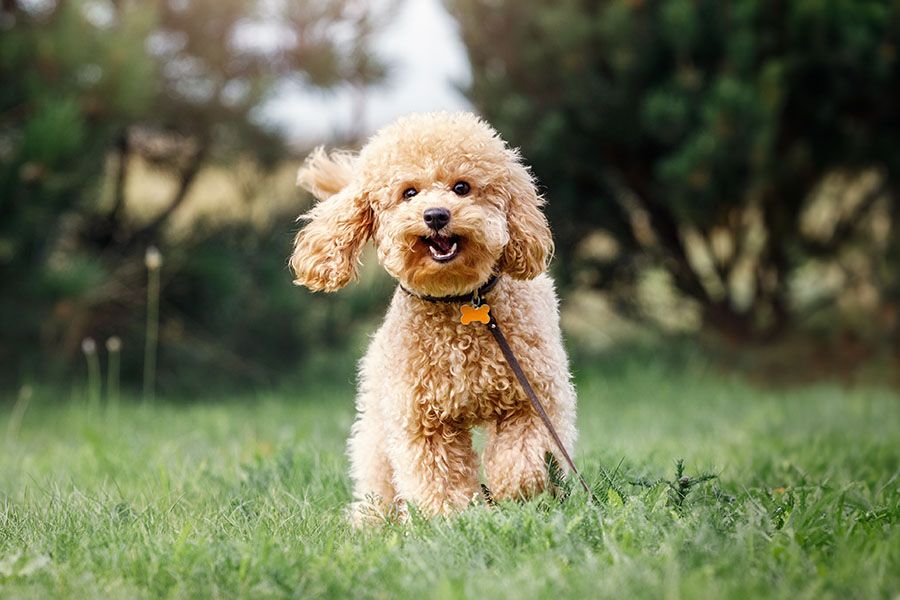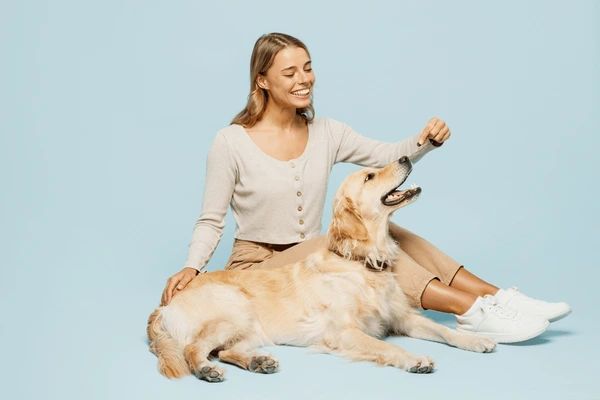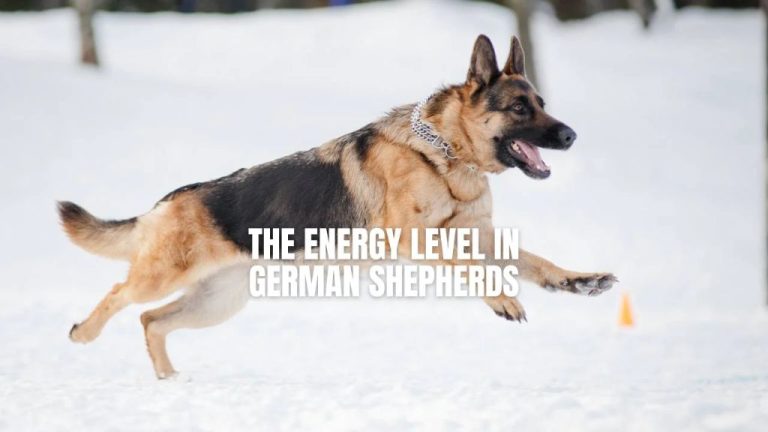Poodle Breeds: From Standard To Toy, Know Your Options
The history of poodles dates back centuries to Germany and France, where they originated as duck hunting dogs. The name “poodle” comes from the German word “pudel,” meaning “to splash in the water.” Poodles were bred as water retrievers with a dense, curly coat that protected them from the elements while retrieving downed waterfowl. Though originally a working dog breed, poodles rose to popularity over the centuries as companions and show dogs thanks to their intelligence, trainability, non-shedding coats, and variety of sizes from toy to standard. Today, poodles are one of the most popular dog breeds in the world and have secured their standing as an iconic purebred known for its classy, stylish look and family-friendly nature.
Standard Poodle
The Standard Poodle is the largest of the three Poodle varieties. These elegant dogs stand over 15 inches tall at the shoulder and weigh 45-70 pounds (American Kennel Club, 2022). Standard Poodles have a square build and a long, straight muzzle. Their ears hang close to their head and are long and wide (American Kennel Club, 2022).
Standard Poodles are highly intelligent, playful, eager to please, and very loyal. They are excellent family dogs and do well with children. However, Standard Poodles require a lot of grooming and exercise. Their curly coat needs regular brushing and clipping. Standard Poodles should get 60-90 minutes of exercise per day (American Kennel Club, 2022).
Some health issues seen in Standard Poodles include hip dysplasia, epilepsy, thyroid issues, and skin allergies. Socialization and training from an early age is recommended for this active and intelligent breed. Standard Poodles excel at obedience, agility, and other canine sports (American Kennel Club, 2022).
References:
American Kennel Club. (2022). Poodle (Standard) – Dog Breeds. Retrieved from https://www.akc.org/dog-breeds/poodle-standard/
Miniature Poodle

The Miniature Poodle stands 11 to 15 inches tall and weighs 12 to 20 pounds. They are the smallest of the Poodle breeds (akc.org/dog-breeds/poodle-miniature). Miniature Poodles have a long, straight muzzle, dropped ears, and a docked or natural bobbed tail. They come in a variety of colors including black, blue, silver, gray, cream, apricot, red, white, brown, and café au lait. Miniature Poodles have the same tight curly coat as the Standard Poodle, but are much smaller in size.
Mini Poodles have an affectionate, energetic temperament. Their smaller size makes them a good choice for apartment living (dogster.com/dog-breeds/miniature-poodle). Miniature Poodles are highly intelligent, active dogs that usually bond very closely with their owners. They aim to please and are easy to train. Miniature Poodles excel at canine sports and activities like obedience, agility, and circus-like tricks. They have an eagerness to learn and interact, so they require plenty of mental and physical exercise to stay happy and well-behaved.
Miniature Poodles require regular grooming and clipping to manage their continuously growing curly coat. They should be brushed thoroughly every day or two and regularly trimmed every 4-6 weeks. Without sufficient grooming, their curly coat can become severely matted (dailypaws.com/dogs-puppies/dog-breeds/poodle-miniature).
Miniature Poodles are prone to some common health issues including progressive retinal atrophy, cataracts, epilepsy, hip dysplasia, and Addison’s disease. They have a lifespan of 10-15 years. With their small size and lower exercise requirements, Miniature Poodles are easier to care for than the larger Standard Poodle.
Toy Poodle
The toy poodle is the smallest size of poodle breed. According to the American Kennel Club (AKC), toy poodles stand no more than 10 inches tall and weigh around 4-6 pounds on average. They have a lifespan of 14-18 years. Though small in stature, toy poodles have big personalities and are lively, affectionate, highly intelligent and easily trainable dogs.
Toy poodles have the same general physical characteristics as the larger poodle varieties, with a distinct rectangular body shape, finely chiseled head, dark oval eyes and ears that hang close to the head. Their fur is a single layer and does not shed. Accepted coat colors for AKC shows include white, black, blue, silver, brown, cafe-au-lait, apricot and red. Regular grooming and clipping is essential for the toy poodle’s coat.
Despite their small size, toy poodles still need daily walks and active play. Their exercise requirements can usually be met with brisk walks, games of fetch and free play. Toy poodles excel at agility, obedience competitions and other canine sports. As long as they receive proper training and socialization, toy poodles adapt well to any home, including those with other pets and small children.
Compared to standard and miniature poodles, the toy poodle is the most delicate and fragile size. Their small stature makes them prone to injuries. Toy poodles are also more susceptible to teeth issues, hypoglycemia and tracheal collapse. Responsible breeding practices help minimize health issues. With proper care and veterinary oversight, toy poodles can live a long and healthy life. Their eager-to-please personality makes toy poodles a highly trainable breed ideally suited for first-time owners.
Sources:
https://www.akc.org/dog-breeds/poodle-toy/
https://www.dailypaws.com/dogs-puppies/dog-breeds/toy-poodle
Colors and Coat Types
Poodles come in a variety of solid base colors and patterns. Common solid colors include black, blue, silver, brown, cafe au lait, silver beige, cream, apricot, red, and white. Some poodles may be one solid color, while others have various color combinations like white and apricot, cream and red, black and white, blue and white, and more.
Poodles also exhibit a variety of coat patterns, including parti-color (large irregular patches of different colors), abstract (non-uniform markings or spots and ticking), phantom (lighter markings predominantly on legs and face), brindle (horizontal stripes), and sable (black-tipped hairs with lighter background fur, mainly seen in brown poodle coats) (source).
Coat curl variations can range from tight curls to loose waves. Poodle coats are classified into three curl types: tight curls (where the curls are close to the skin), wavy curls (larger curls that may form ringlets), and corded coats (cords of fur that develop from neglected coat care). Most poodles have the tight curly coat.
Grooming
Poodles are high maintenance dogs when it comes to grooming. Their coat requires regular brushing and clipping to prevent mats and tangles. Standard Poodles should be professionally groomed every 4-8 weeks, Miniature Poodles every 6-8 weeks, and Toy Poodles every 4-6 weeks (How to Groom a Standard Poodle).
Frequent brushing at home is also essential, ideally daily or every other day. Use a slicker brush and metal comb to brush the entire coat, paying close attention to areas prone to matting like ears, armpits and tail (15 Tips for Grooming Your Poodle). Always brush before bathing to avoid matting.
Poodles can be clipped in many different styles depending on owner preference. The most common are the puppy clip, lamb clip, and full continental clip. Work with an experienced groomer to determine the best options for your lifestyle and dog’s coat type.
Finding a qualified poodle groomer is key to maintaining your dog’s coat properly. Ask for referrals from other poodle owners, veterinarians, and breeders. Schedule a meet and greet to ensure the groomer has experience with poodles and listens to your styling preferences (What Are the Grooming Needs of Poodles?).
Health
Poodles are generally a healthy breed, but like all dogs they are prone to certain health issues. Some common health problems in poodles include:
- Hip Dysplasia – This is a common skeletal disorder where the hip socket doesn’t fully cover the ball portion of the upper thighbone. It can lead to osteoarthritis and lameness. According to the Orthopedic Foundation for Animals, 24.4% of Standard Poodles are affected by hip dysplasia.1
- Eye Issues – Poodles are prone to several inherited eye diseases like cataracts, progressive retinal atrophy, and glaucoma. Regular eye exams by a veterinary ophthalmologist are recommended.2
- Bloat – Also known as gastric dilatation-volvulus, bloat can occur when the stomach becomes overstretched and twisted. It is life-threatening condition requiring immediate veterinary care.3
- Epilepsy – Seizure disorders can occur in poodles, usually starting between 6 months and 5 years of age. Medication can help control seizures.4
The average lifespan for poodles is 10-18 years. Providing proper nutrition, exercise, vet care, and mental stimulation can help maximize a poodle’s longevity.
Training
Poodles are extremely intelligent dogs that excel at obedience training. All sizes of poodles are considered one of the smartest and most trainable breeds. The American Kennel Club rates poodles as the 2nd most intelligent breed after the Border Collie. While some believe the smaller sizes may be slightly smarter, all poodles have an incredible ability to learn commands, tricks, and skills.
Poodles are eager to please and respond very well to positive reinforcement training methods using treats and praise. Their high energy level means poodles need substantial daily exercise and mental stimulation. Without proper training, poodles may develop problematic behaviors like excessive barking, digging, or chewing.
It’s important to start training and socializing poodle puppies early, as young as 8 weeks old. Focus initial training on basic commands like sit, stay, come, down, and heel. Poodles can be quick learners but some may be stubborn or distracted. Use short, engaging training sessions to hold their interest. Practice training daily in different environments and situations.
More advanced poodle training may include agility, tracking, search and rescue, or service work. Their athleticism and intelligence allows poodles to excel in many canine activities. Proper training and socialization helps poodles become well-rounded companions. With time, positive reinforcement, and patience, poodles can master even complex commands and behaviors.
Finding a Poodle
For those ready to bring home one of these elegant dogs, finding a poodle from a responsible breeder or adoption program is the next step. Registering poodles with the American Kennel Club and confirming the breeder is reputable helps ensure healthy dogs. Costs average $1,000-2,500 for a puppy from an AKC breeder. Adopting retired show dogs or poodles in need also provides a way to find these dogs.
The American Kennel Club has a marketplace to connect with registered poodle breeders across the country. AKC registration verifies the dog’s pedigree and parent dogs met AKC breeding standards. Responsible AKC breeders focus on health, temperament and breed standard in breeding programs. Confirm the breeder fully health tests their dogs. Reach out to local poodle clubs to meet breeders in your area.
Many poodle rescue organizations have dogs available for adoption. Adoption fees range $100-500 and typically cover initial vet expenses. Consider fostering to adopt through a local rescue. Check pet adoption sites and shelters for poodles in need of forever homes. Adopted poodles of any age make wonderful pets.
Conclusion
In conclusion, Poodles come in three main sizes – Standard, Miniature, and Toy – but they all share the same intelligent, lively temperament. Despite their prissy reputation, Poodles are athletic, highly trainable dogs that make excellent companions for all types of owners. Their hypoallergenic coats come in many colors and styles which require regular grooming. While generally healthy, Poodles can be prone to some issues like progressive retinal atrophy, bloat, and skin allergies. With early socialization and training using positive reinforcement, Poodles thrive as family pets. Take the time to research reputable breeders and consider volunteering at shelters to adopt if going the breeder route doesn’t work out. Whether you opt for a Standard, Miniature or Toy, Poodles’ personalities shine brightest when treated like a member of the family.





